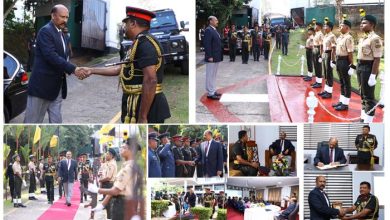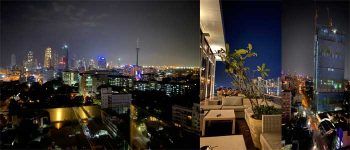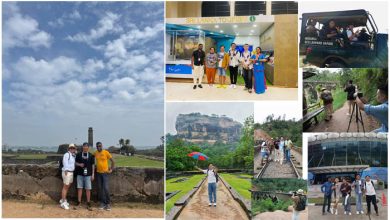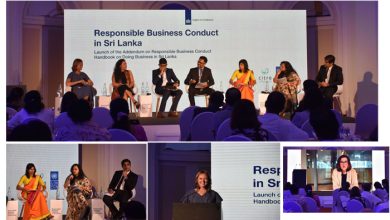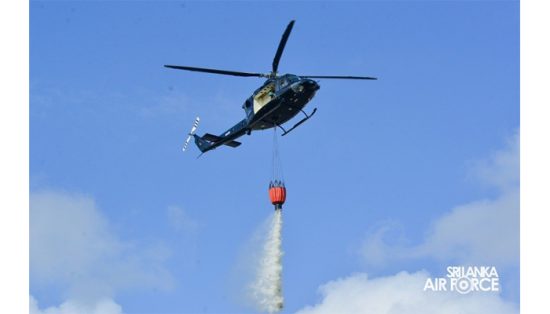
On 08 August 2025, the peaceful forests of Raththanagolla–Imbulpe were suddenly set aflame, the wildfire threatening to consume the lush canopy and ancient trees. Responding with urgency and unwavering resolve, the Ministry of Defence swiftly coordinated a robust response, dispatching the Sri Lanka Air Force’s Bell 412 helicopter. Equipped with its Bambi bucket, the helicopter soared above the blaze, releasing waves of water that danced like silver ribbons through the smoky sky.
On the ground, the Disaster Management Centre, together with local authorities and communities, worked tirelessly to contain the advancing fire, forging a united front of resilience and care. In this powerful convergence of air and earth, nature’s fury was met with a defiant grace—a solemn pledge by the nation’s guardians to protect the forest’s spirit and nurture its recovery. This event stands as an enduring testament to Sri Lanka’s steadfast commitment to preserving its natural heritage against all odds.


